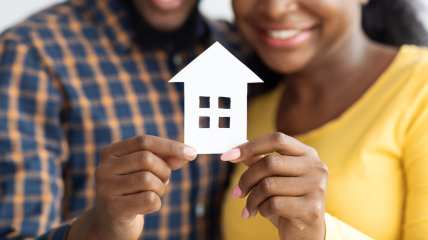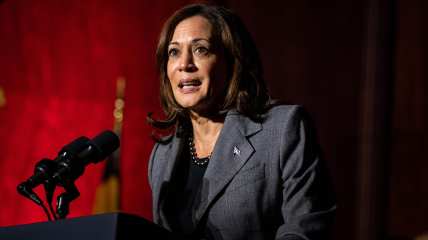The homeownership dream for Black people continues to be a nightmare
Although it is unlikely the only factor, experts frequently cite lower incomes as a cause of Black families' poor homeownership success.
The homeownership rate has stabilized at about 66 percent in the United States after temporarily increasing amid COVID-19 pandemic lockdowns, but the dream of being in that number remains unrealized for many Black people.
According to NBC News, Thursday’s news release from the National Association of Realtors revealed that the homeownership disparity between Black and white Americans reached a 10-year high over the past decade. The gap now stands at 29 percent, up from 26 percent in 2011.
The Black American homeownership rate increased by less than half of one percentage point between 2011 and 2021, rising from 43.6 percent to 44 percent. The proportion increased by roughly 3 points for white Americans, from approximately 70 percent to 72.7 percent.

As a result of recent hikes in mortgage rates and overall higher house prices, affordability levels have fallen to their lowest ever. NAR says that to buy a median-priced house without going over their budget, buyers must now make more than $100,000 per year.
Although it is unlikely the only factor, experts frequently cite lower incomes as a cause of Black families’ low rate of homeownership. Compared with white households, which had an average annual income of $85,000, the average Black family purchasing a home had a median income of $80,000.
“Even among successful home buyers, Black Americans have lower household incomes,” Jessica Lautz, deputy chief economist and vice president of research for NAR, shared in a statement, NBC reported. “[This] narrows the available pool of inventory they may be able to afford and makes their journey into homeownership even more difficult in this limited housing inventory environment.”
NAR assesses that while 17 percent of white renters can afford to buy a home for the national median price of $467,700, only 9 percent of Black renters can.
According to Home Mortgage Disclosure Act statistics cited by NAR, Black Americans also continued to have the highest mortgage loan denial rates of any racial group. Compared to about 11 percent of white applicants, 20 percent of Black credit applicants are rejected for mortgages. Black homeowners who apply for loans for home improvements face rejection in 51 percent of cases.
“Unfortunately, the incredible affordability challenges of the last year have hit minority home buyers more than white buyers,” Lautz said, according to NBC.
In 2021, the homeownership rate for households headed by Asian Americans increased by almost 5 percentage points for an all-time high of 62.8 percent. The percentage of Hispanic-American households owning homes grew over the decade by more than 4 percentage points, reaching 50.6 percent.
On the other hand, Black homebuyers reported the highest percentage of discrimination compared with all racial groups, with 8 percent alleging bias while engaging in real estate business.
“Black buyers are more likely to be first-time buyers, who are more sensitive to changes in mortgage interest rates,” Lautz said, noting their white counterparts “are more likely to have housing equity to rely on as they make a housing trade.”
TheGrio is FREE on your TV via Apple TV, Amazon Fire, Roku and Android TV. Also, please download theGrio mobile apps today!


